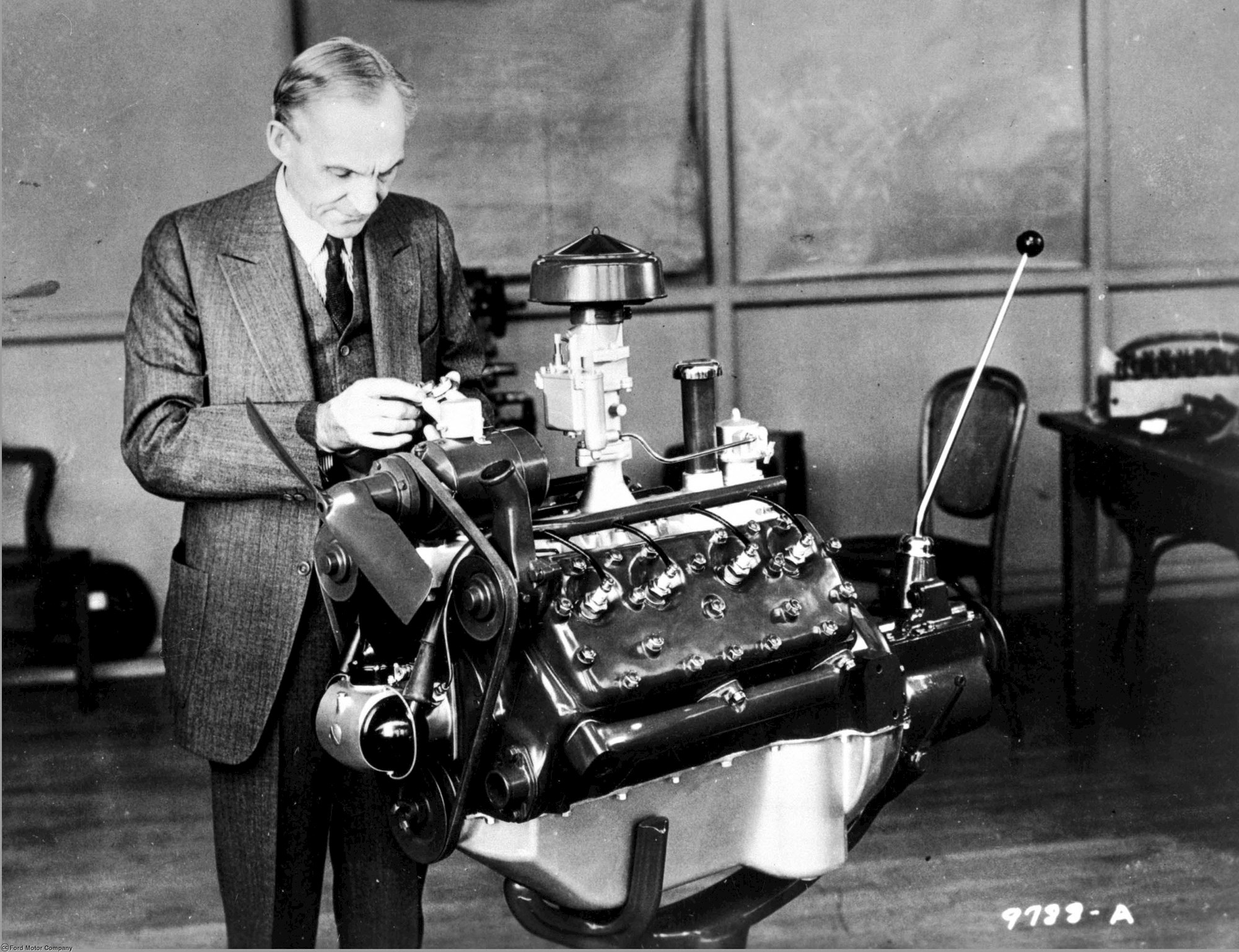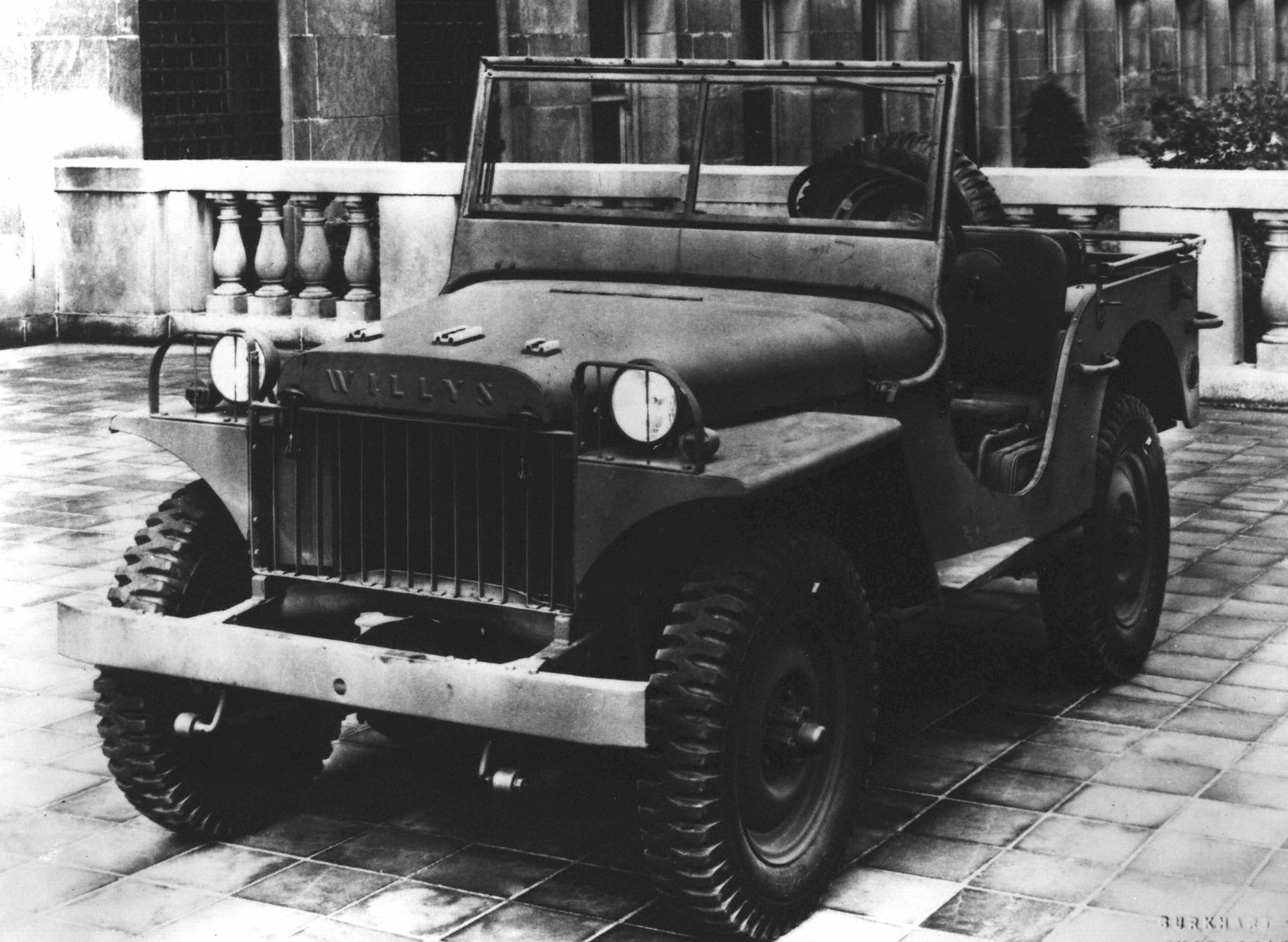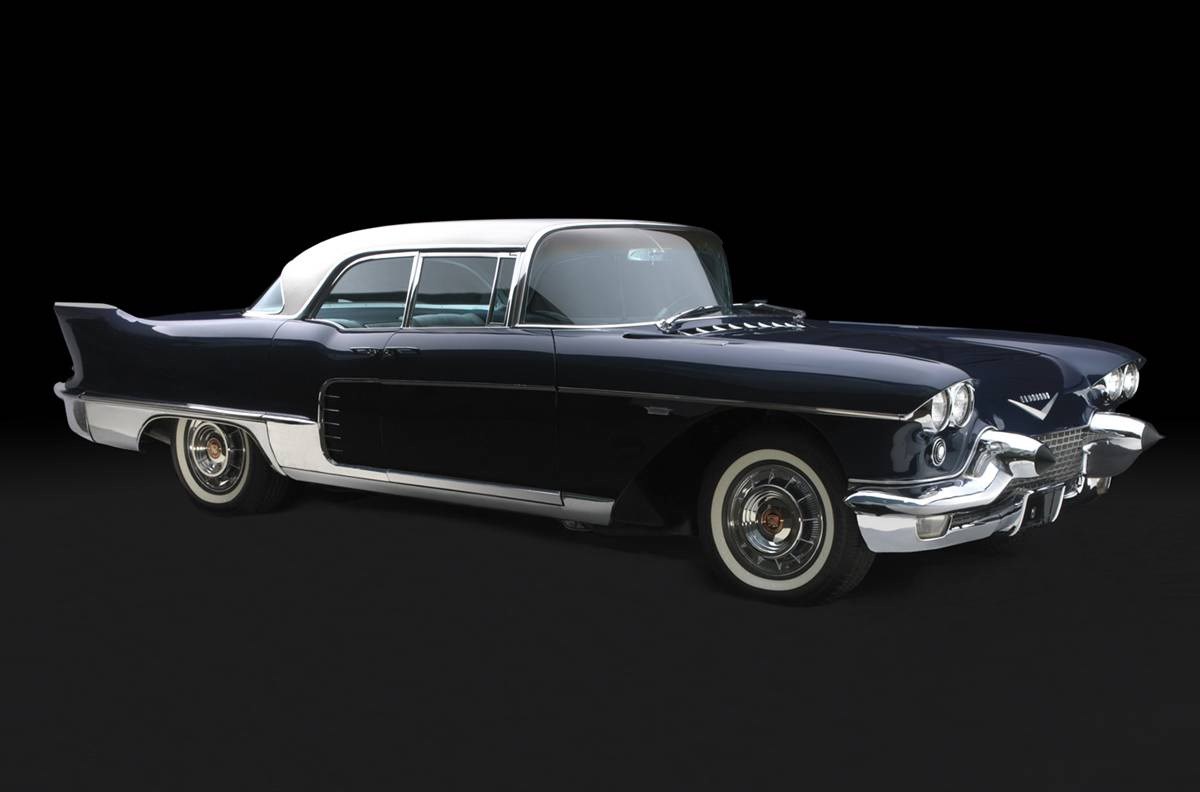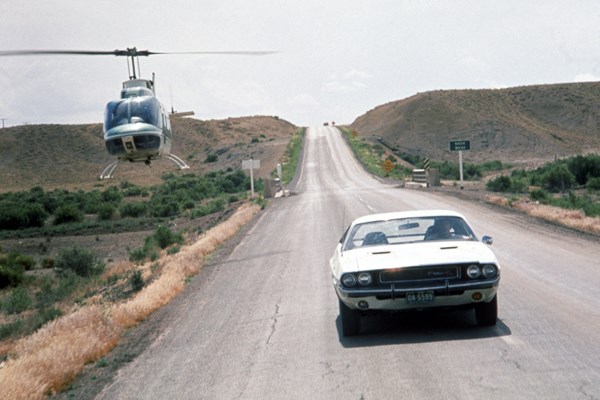1932 Ford V8
Why the Model 18, recipient of Ford’s first V8 in 1932, and not the Model T? The latter’s only claim to fame is that it helped kick off the second industrial revolution by adopting Oldsmobile’s patented assembly line.
As for the 32, it was arguably the most beautiful car of its time, as testified by its ongoing status today as one of the most desirable platforms upon which to base a hot-rod or street machine on.
As with the assembly line, Ford didn’t invent the V8, but the instant sales success of the 32 did much to popularise the concept of having two inline four-cylinder engines joined at the hip to create a V-shaped motor.

Henry Ford n 1932 Ford with the flathead V8, a revolutionary design that could be mass-produced cheaply in a single casting. Photo / Ford America
French cars had been using V8 engines since 1902, and Cadillac became the first American car-maker to build a V8 automobile in 1914. Henry Ford took his time to get his head around the V8 concept, having spent almost a decade trying to perfect a radial X8 motor in the 1920s.
When he finally accepted that the V8 was the way to go, Ford built a 3.3-litre flathead V8 engine that was almost as easy on the eye as the car that housed it, especially when the latter is in two-door form. The little deuce coupe of Beach Boys fame was born.
1941 Willys Jeep (MB)
Not only did the Willys Jeep contribute much to America’s victory in WWII, it also became a symbol of freedom in the same vein as a Harley-Davidson or Indian motorcycle.
Like many great designs, the Jeep concept took little time to shape. Freelance automotive designer Karl Probst designed the vehicle in a single 18-hour session at his drawing board in Detroit for a small cash-strapped motor company, Bantam.
The US war department then took the Bantam prototype to Willy-Overland and Ford to use as a guideline for their bids for a supply contract. Both companies improved on Probst’s design, Willys placing their 60-bhp Go Devil four-cylinder engine under the bonnet, and Ford contributing the flat engine cover and fenders.

Early Willys Jeep prototype. Photo / Ford America
Ironically, the single-piece, slotted grille and the round headlights that Fiat-Chrysler-owned Jeep uses as a logo today also came from Ford.
Willys-Overland won the initial contract to the build the Jeep, but Ford was also commissioned to build the terrain-busting vehicle later to keep up with demand. Together, the two companies built more than 637,000 MB Jeeps. Bantam’s reward? It got to build the quarter-ton trailers often towed behind Jeeps to cart supplies to the troops.
Cadillac Eldorado Brougham Series 70

The late Tom Petty once sang that he “never much liked walking, but I loved that Eldorado ride”. The association between Cadillacs and music is enshrined in American popular culture, kicked off by the peaceful passing of 29-year-old country music legend, Hank Williams, in the back seat of a 52 Caddy on his way to a gig in 1953.
The brand never had a better ambassador than Elvis Presley, who so popularised his pink Cadillac that the car inspired movies, novels, and further songs by Bruce Springsteen, Aretha Franklin, and John Prine. Williams didn’t take his last rest in an Eldorado, and the pink car owned by Elvis was a 1955 Fleetwood Series 60, but for many the quintessential Caddy is the third-generation Eldo, introduced in 1957.
This debuted quad headlights and offered 44 trim choices so that buyers could personalise their cars. The car also made a statement in another way — price. The $13,074 Brougham with its rear-hinged doors cost twice as much as any other Eldorado model, and was more expensive than a Rolls-Royce Silver Cloud. It had the first power seats with memory settings, forged alloy wheels, a stainless steel roof, perfumed air conditioning, automatic parking brake, and self-levelling suspension.
No car can claim to be more American than the most excessive Eldorado.
Dodge Challenger

Dodge came five years late to a muscle car party that had kicked off in the mid-1960s, but made a spectacular entrance with the aptly-named Challenger. No Mustang Mach 1, Camaro SS, Pontiac Firebird, or Mercury Cougar could match the aggressive design of the Dodge. The new machine on the street was the longest, widest, most wedge-shaped muscle car created.
This visual impact could be enhanced by the sort of exterior colour choices usually reserved for a hippy’s VW Microbus, including nuclear greens and day-glo oranges, set off by optional stripes and graphic packages. Yet it wasn’t in any acid-trip guise that the Challenger found most fame. It performed a starring role in the early road flick, Vanishing Point, simply painted white.
In the movie, the Dodge becomes a high-speed metaphor for freedom that eventually turns banana-shaped when it smacks into two large bulldozers placed across the highway by the “blue meanies”.
Equally iconic was the 331kW 426 cubic-inch Hemi V8 that powered top Challenger models, although the smaller, lighter 340 cubic-inch unit gave a similar power-to-weight ratio and improved handling.











